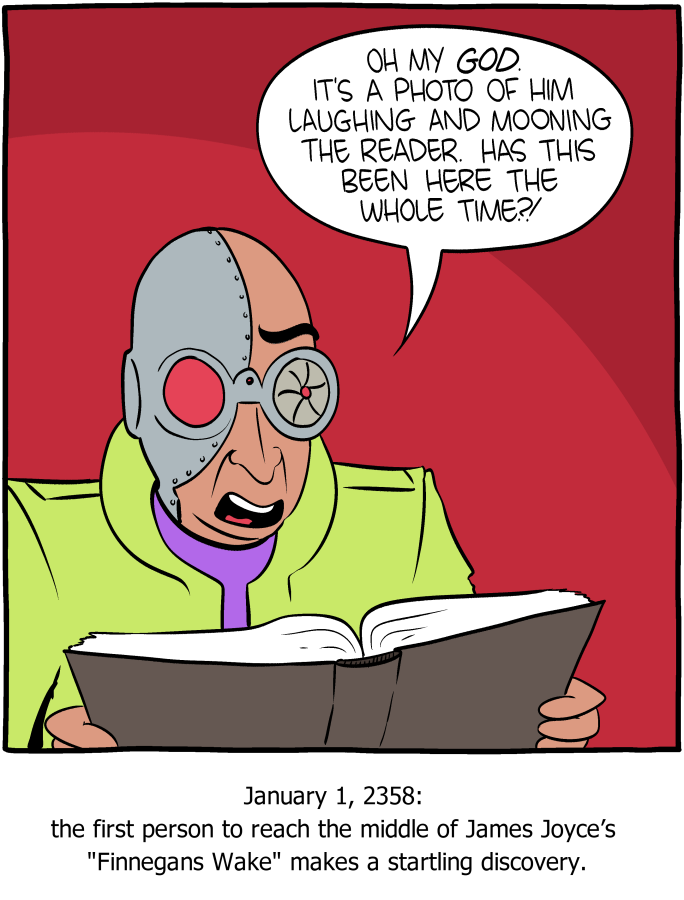Sino-Mongolian toponymy, part 2
[This is a guest post by Bathrobe]
Global Times have an article on the archaeological site mentioned in this recent LL post:
"Questionable Sino-Mongolian toponymy" (1/18/18)
The Global Times article is "Chinese-Mongolian archeological team study mysterious Xiongnu city" (2/5/18) by Huang Tingting. The relevant section is:
Since 2014, Song's institute, the National Museum of Mongolia and the International College of Nomadic Culture of Mongolia have been excavating the Khermen Tal City site at the junction of the Orkhon River and one of its major tributaries – the Tamir River, also named Hudgiyn Denj, literally Three Interconnected Cities.
Read the rest of this entry »

 At the parade celebrating the Philadelphia Eagles' Super Bowl victory today, Eagles center Jason Kelce (decked out in a
At the parade celebrating the Philadelphia Eagles' Super Bowl victory today, Eagles center Jason Kelce (decked out in a 